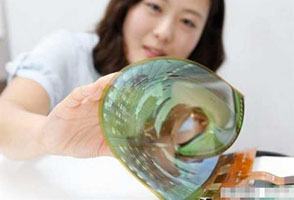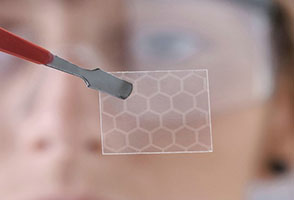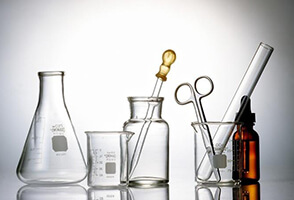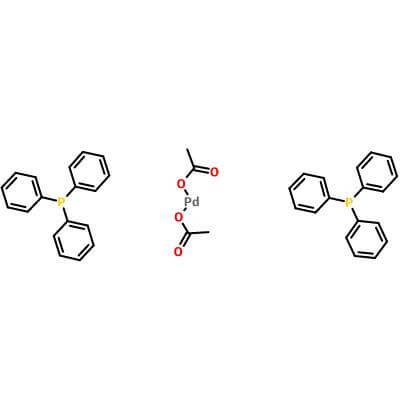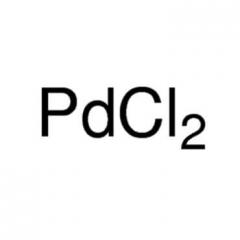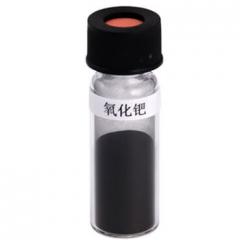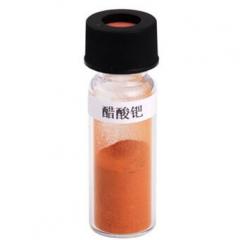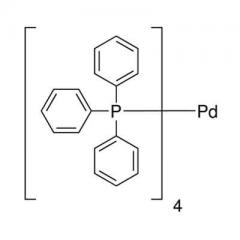Bis(triphenylphosphinepalladium) acetate
| Identification | ||
| Name |
|
Bis(triphenylphosphinepalladium) acetate |
| Synonyms |
|
Palladium(II)bis(triphenylphosphine) diacetate; [(C6H5)3P]2Pd(CH3COO)2
|
|
|
||
| Molecular Structure |
|
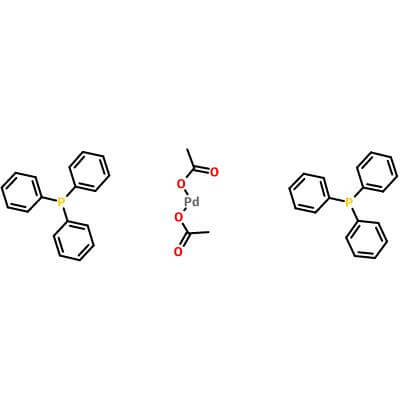 |
|
|
||
| Molecular Formula |
|
C40H36O4P2Pd |
| Molecular Weight |
|
749.09 |
| CAS Registry Number |
|
14588-08-0 |
| EINECS |
|
238-628-4 |
| Properties | ||
| Melting point |
|
136 ºC |
| Appearance |
|
Yellow powder |
|
Pd content |
|
14.2% |
| Safety Data | ||
|
Hazard Symbols |
|
Xn |
| Safety Description |
|
S24/25 |
Bis(triphenylphosphinepalladium) acetate use:
Dissolve 0.2gPd(AC)2 in 10mL glacial acetic acid (toluene, dichloromethane, dimethylsulfoxide or NN-dimethylformamide can also be used) to obtain a palladium acetate solution, and dissolve 0.5g PPh3 in 30mL anhydrous Ethanol (dichloromethane, toluene, dimethyl sulfoxide or NN-dimethylformamide can also be used) to obtain triphenyl phosphine solution, add palladium acetate solution to triphenyl phosphine solution, ultrasonic 60 ℃ reaction 5h After cooling and filtering, a yellow crystalline palladium complex was obtained with a yield of 98.5% and a product purity of 99.5%.
Bis(triphenylphosphinepalladium) acetate preparation:
Bis(triphenylphosphine)palladium(II)diacetate organic reagent, pharmaceutical intermediate.

